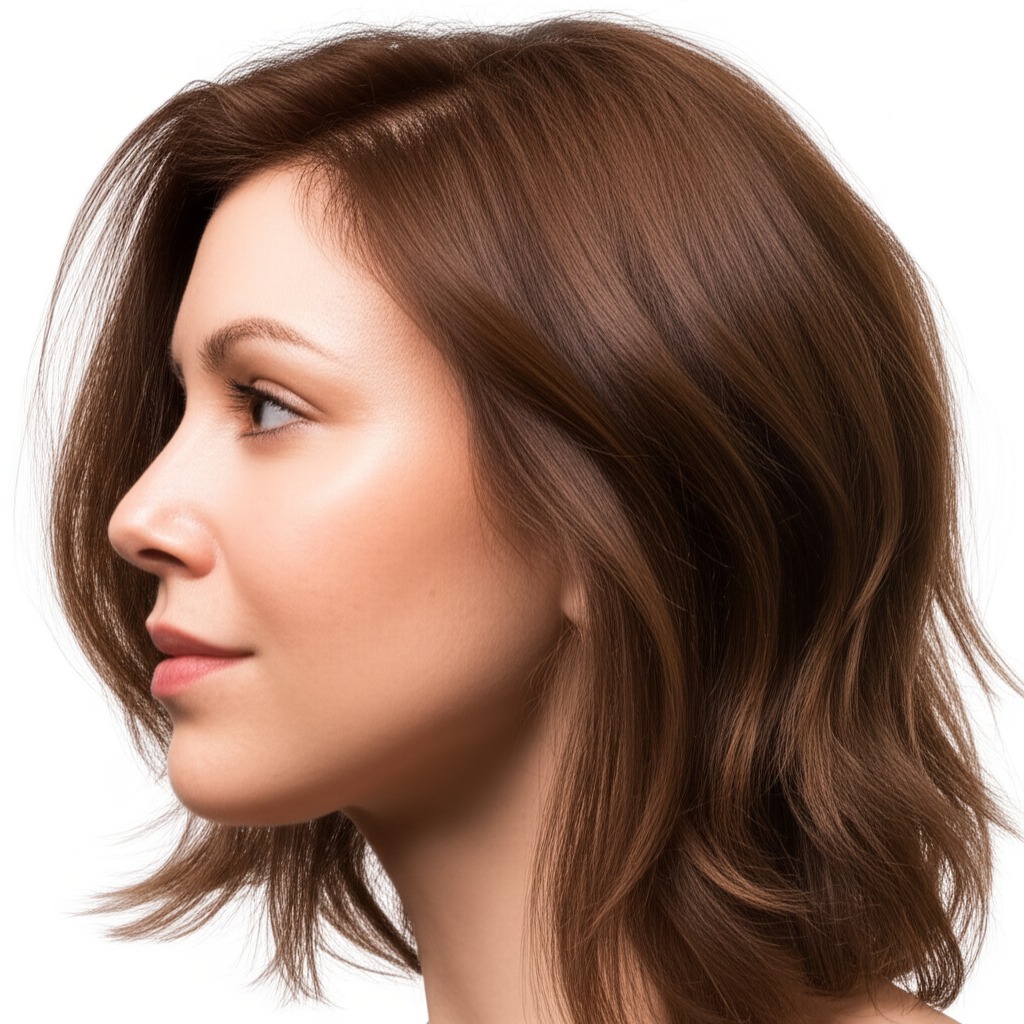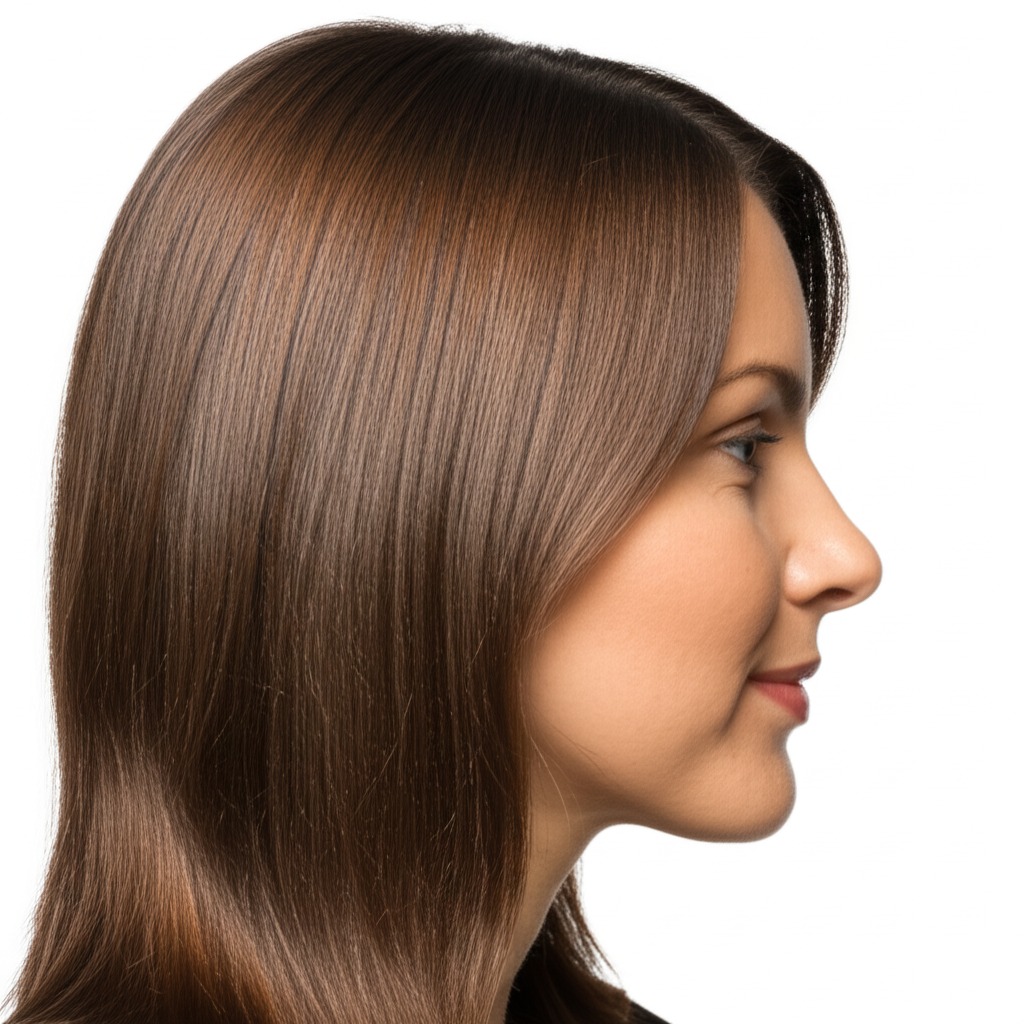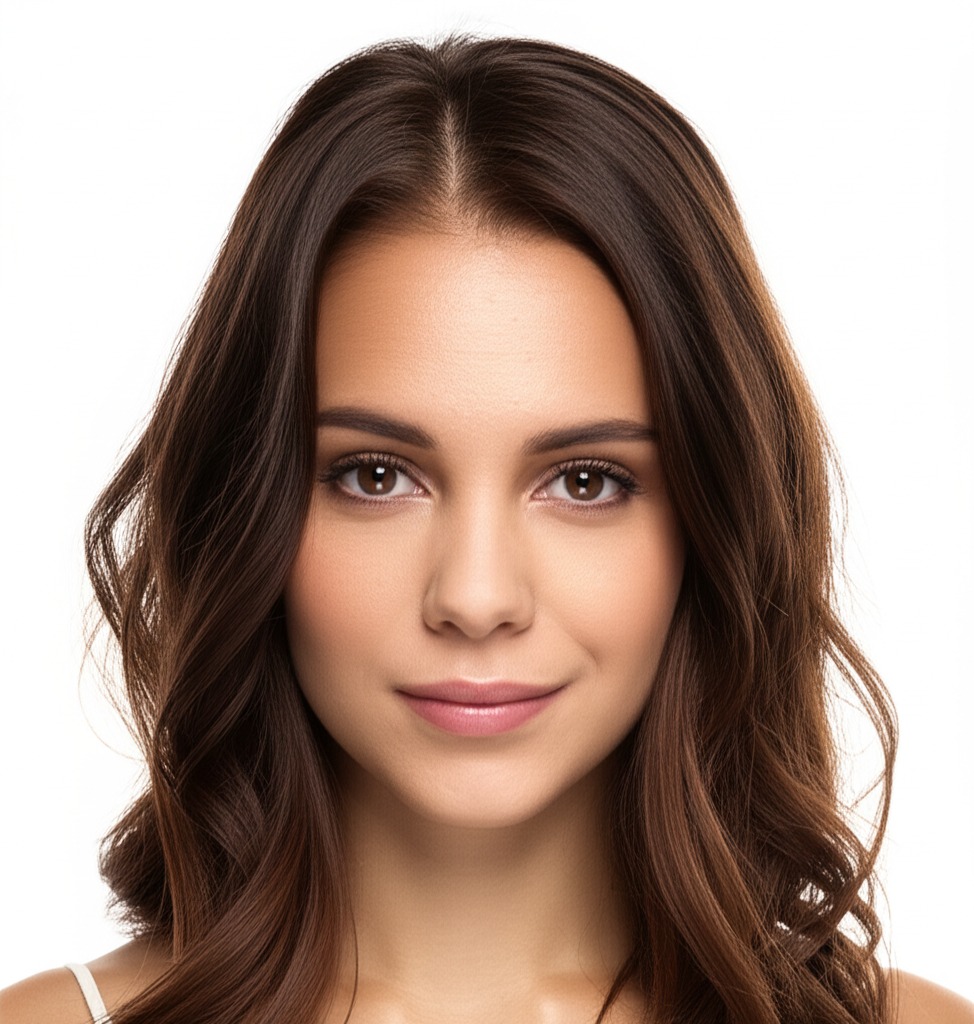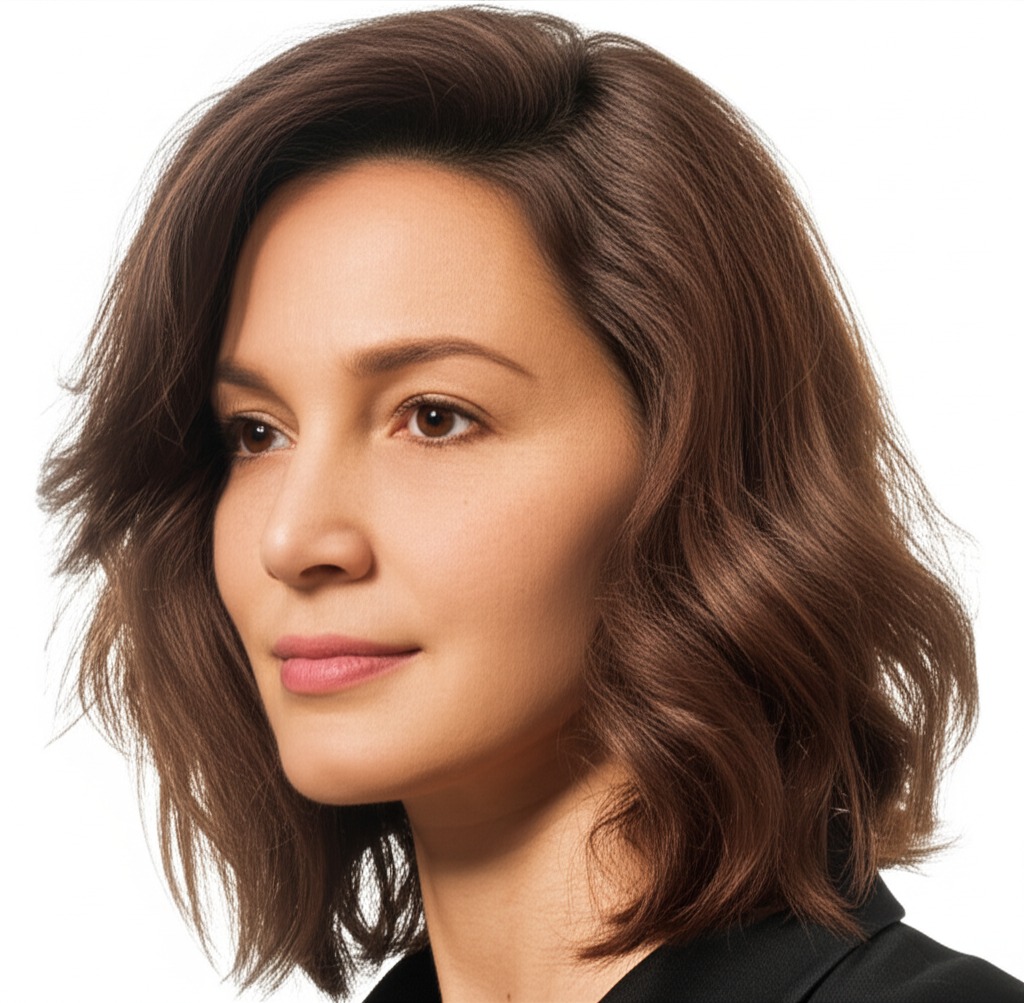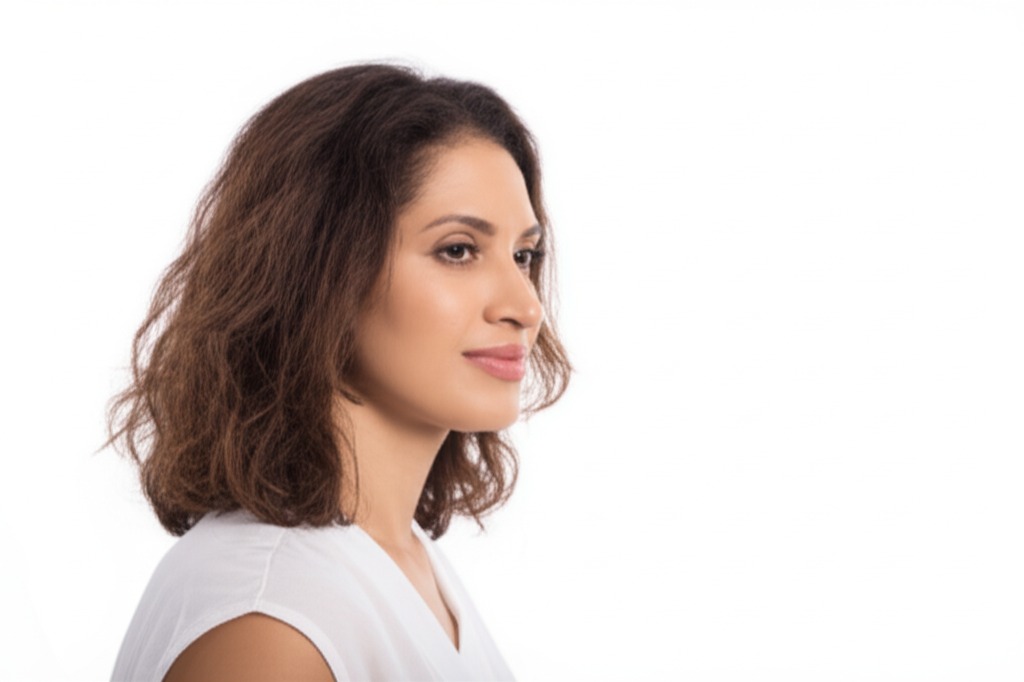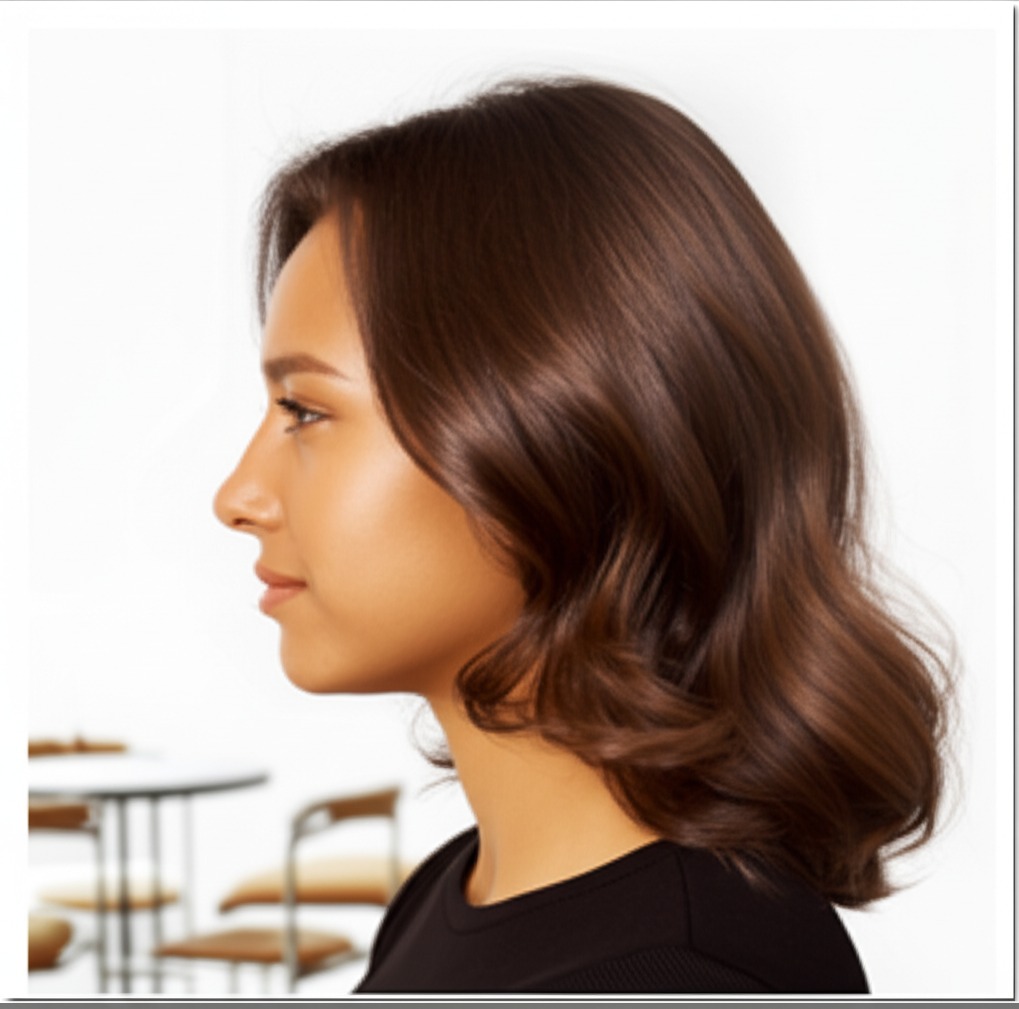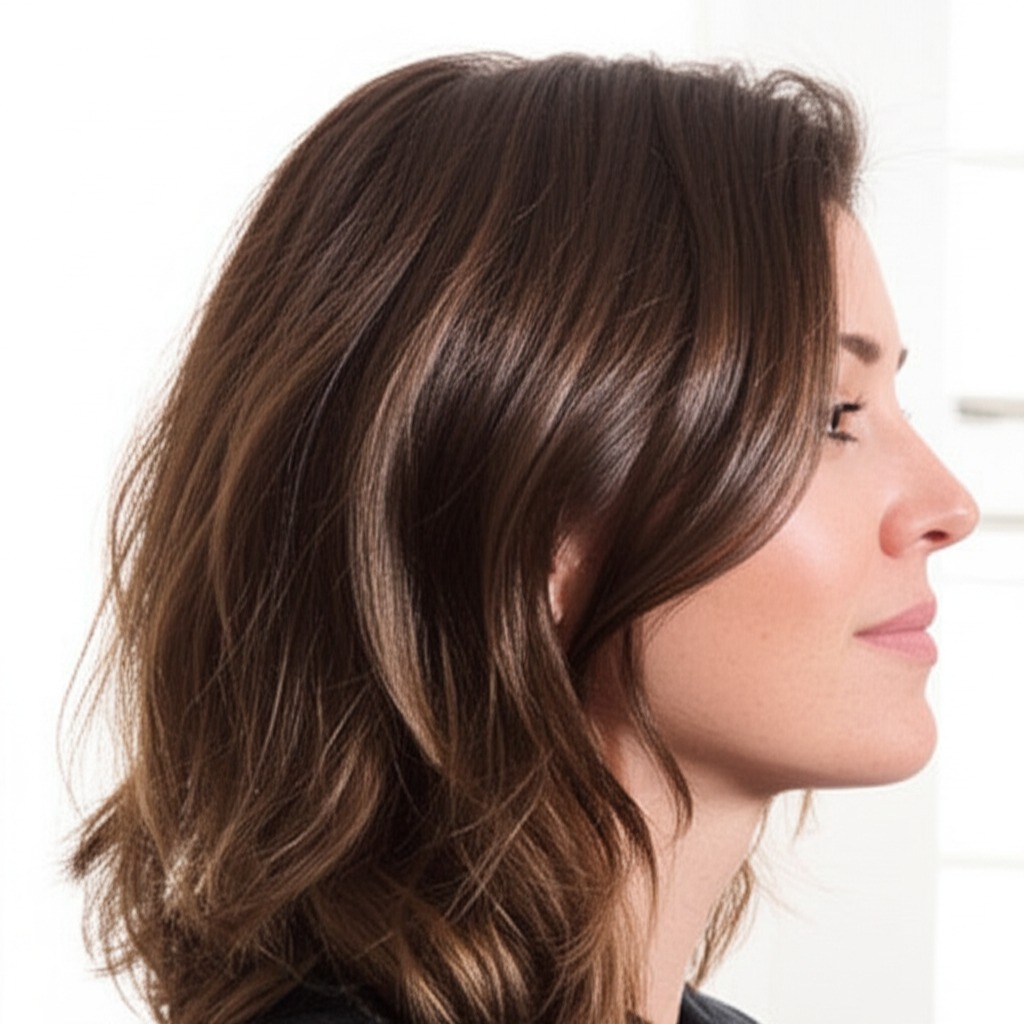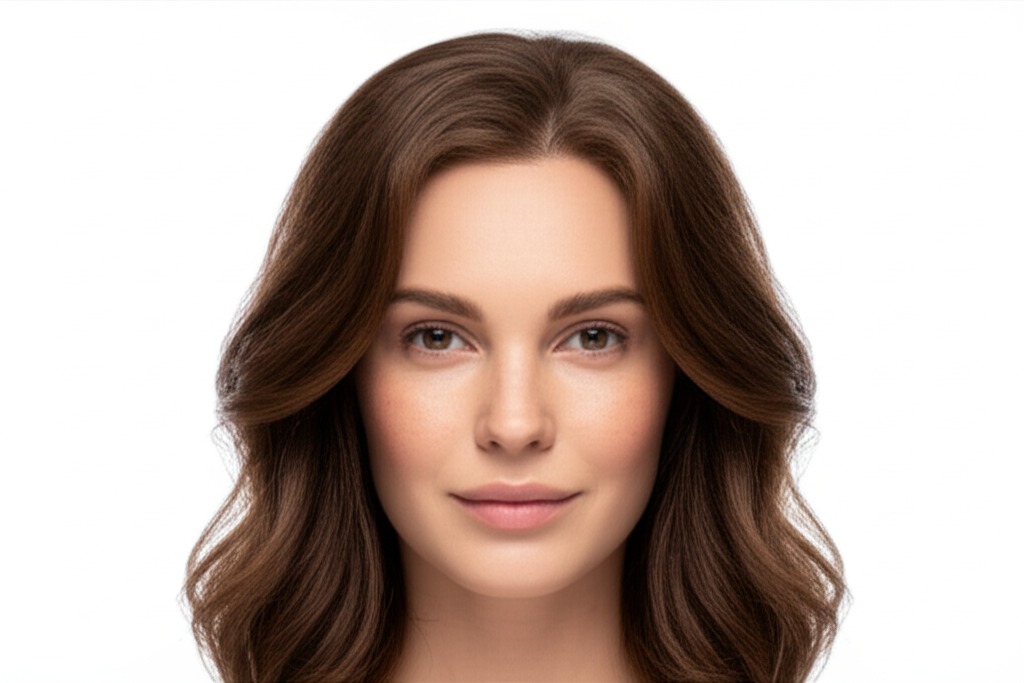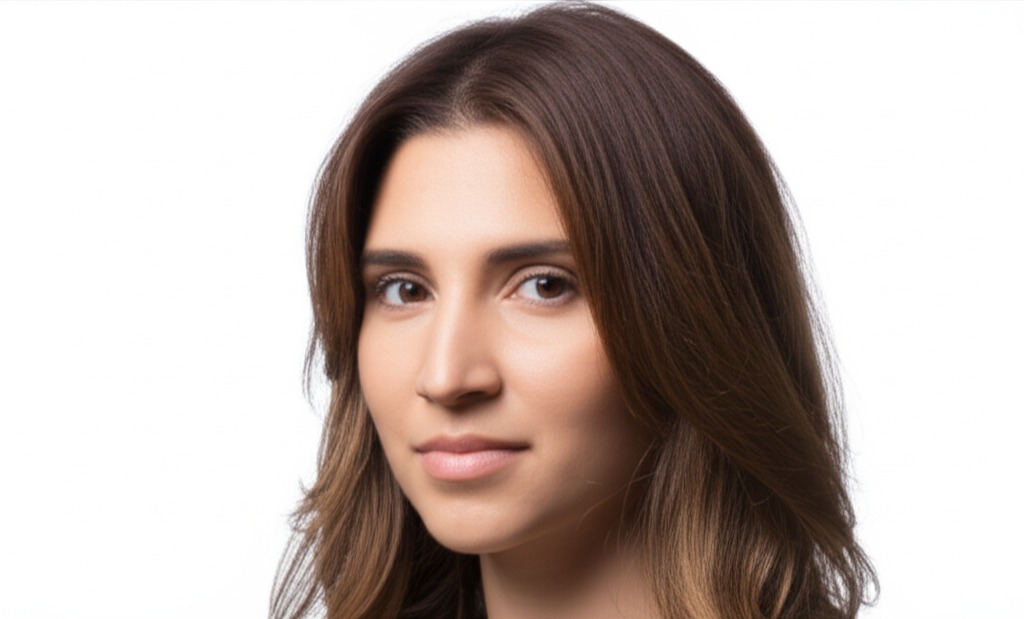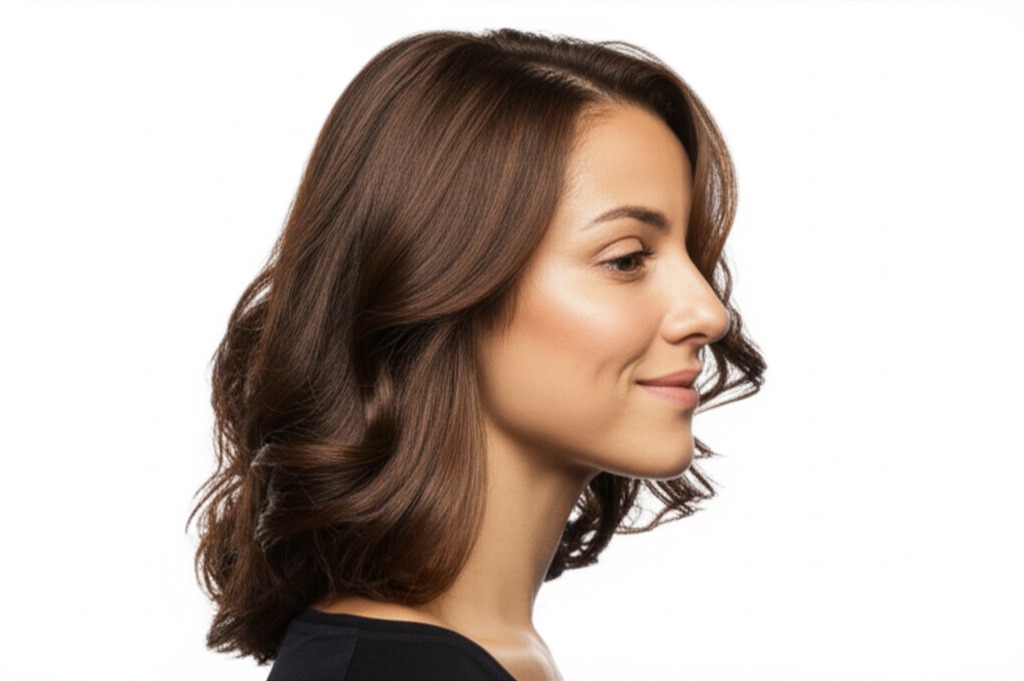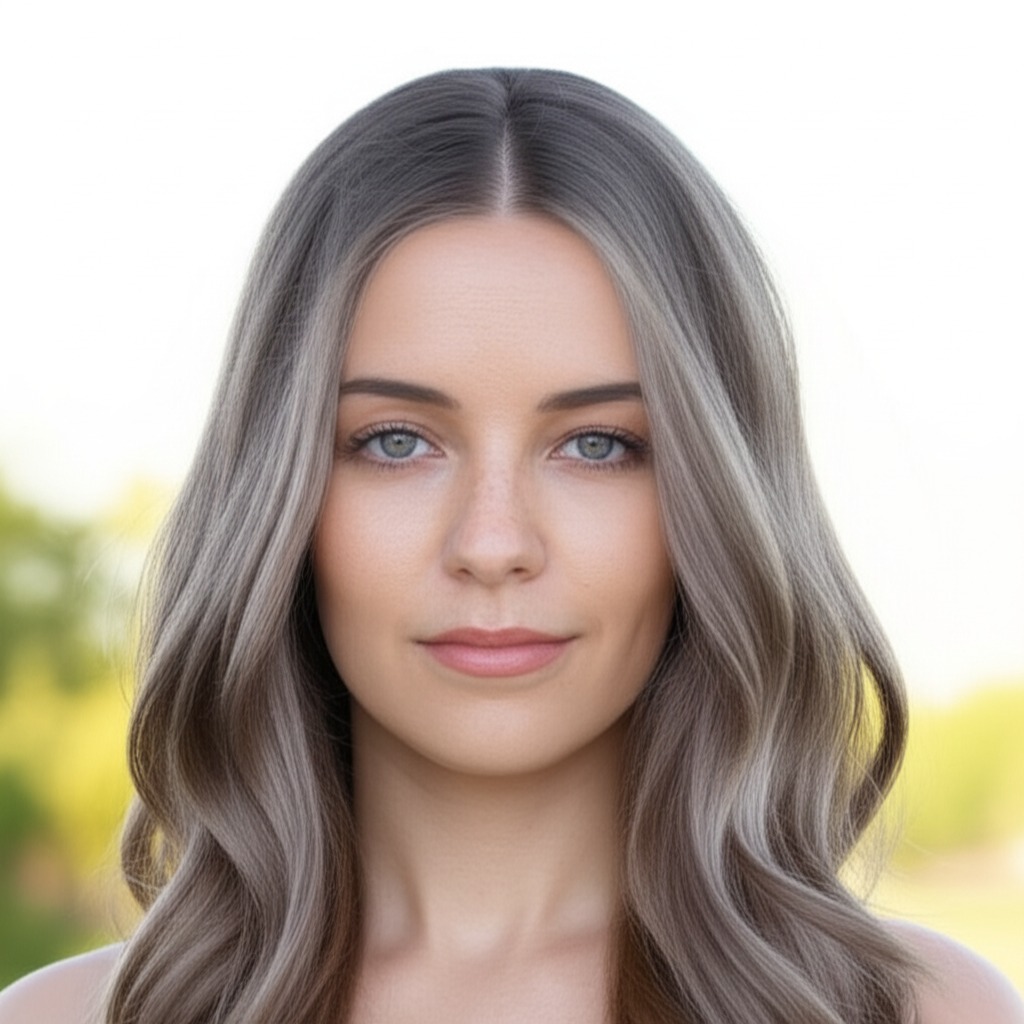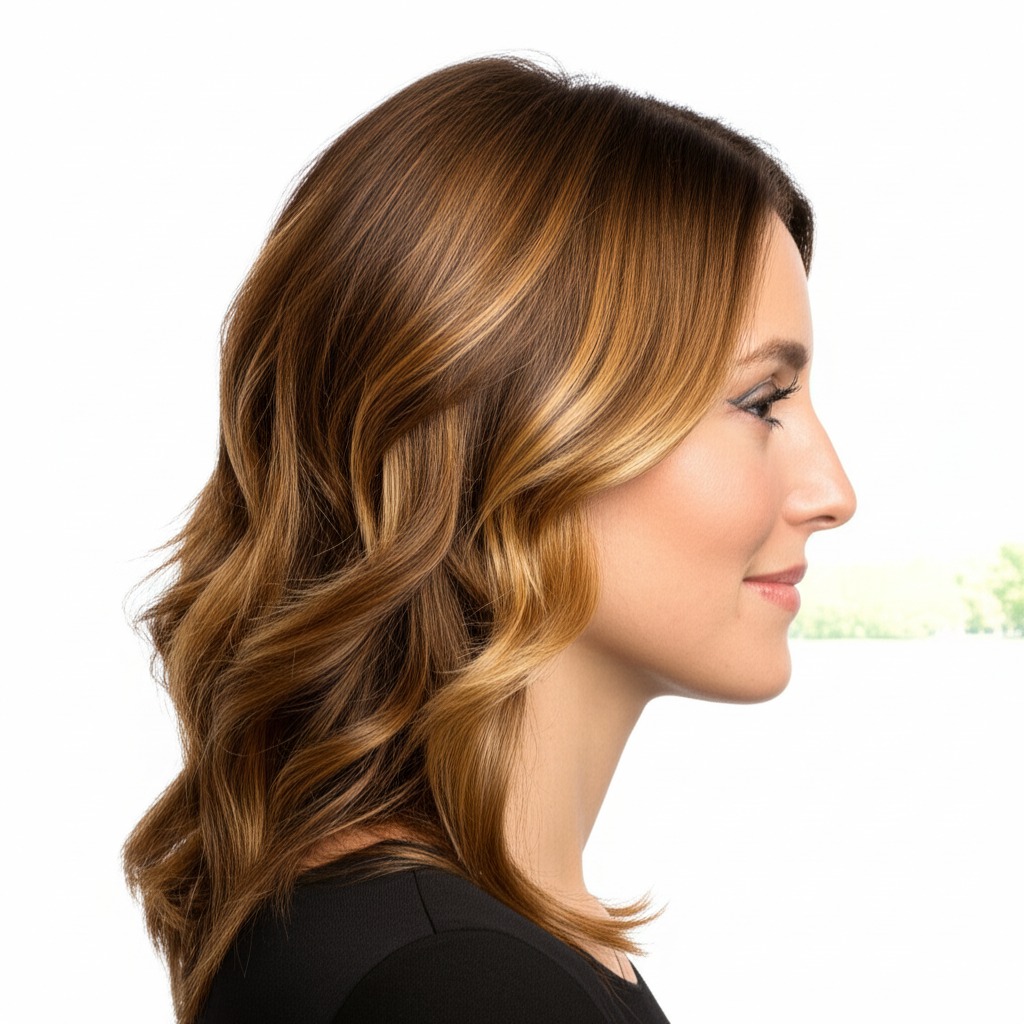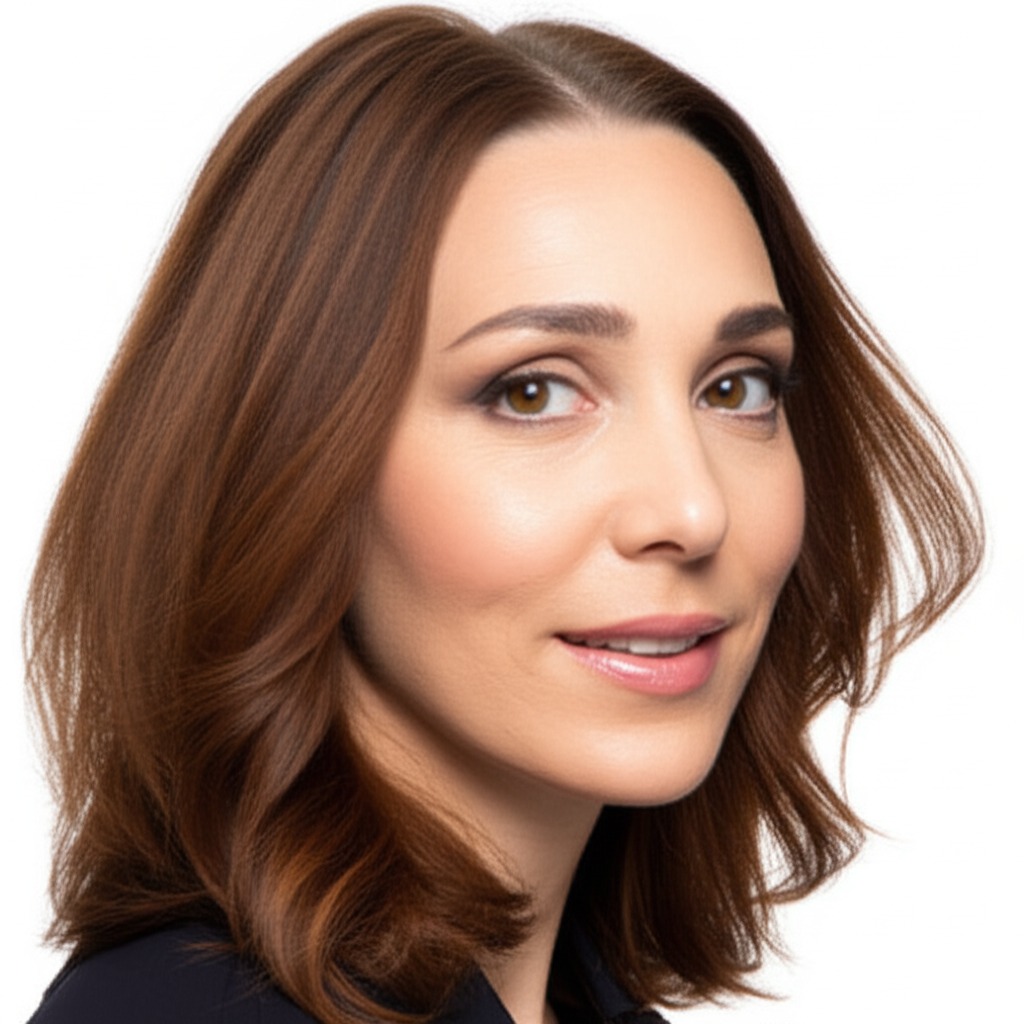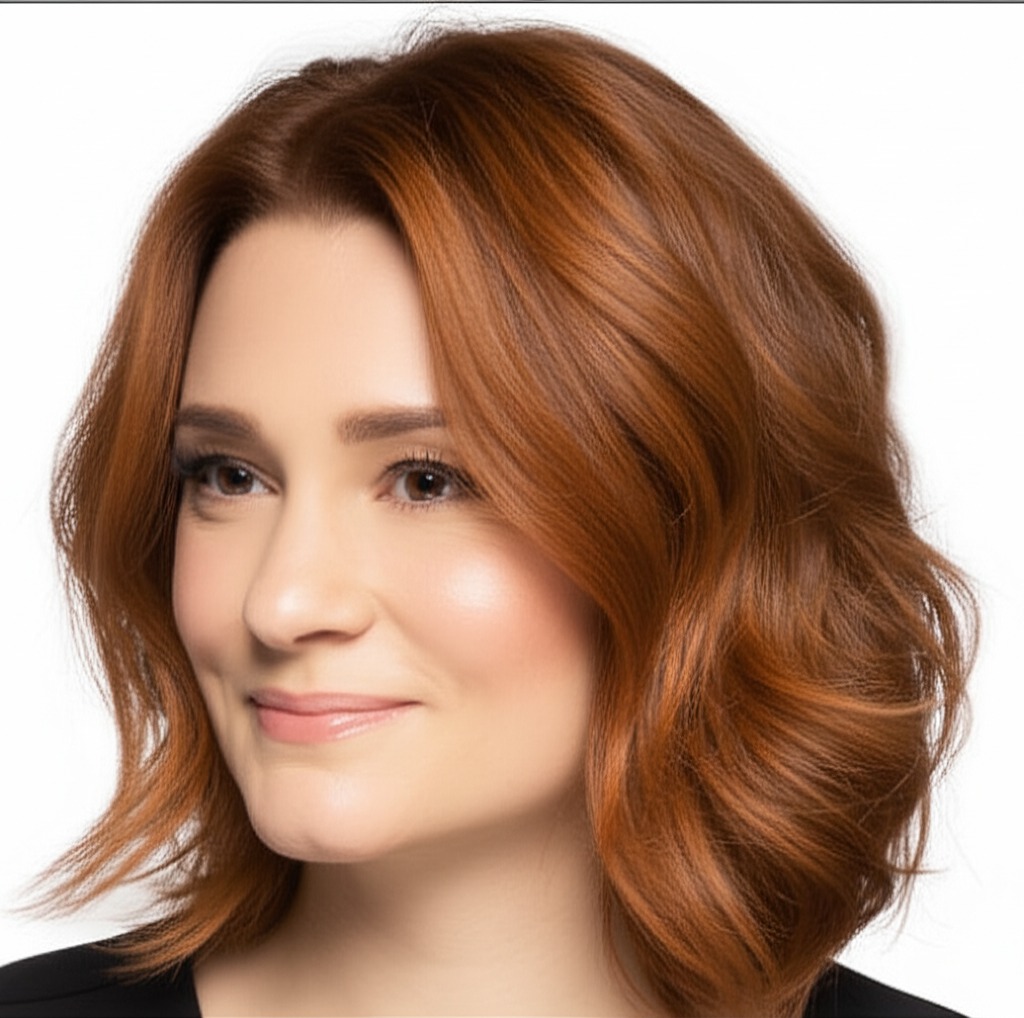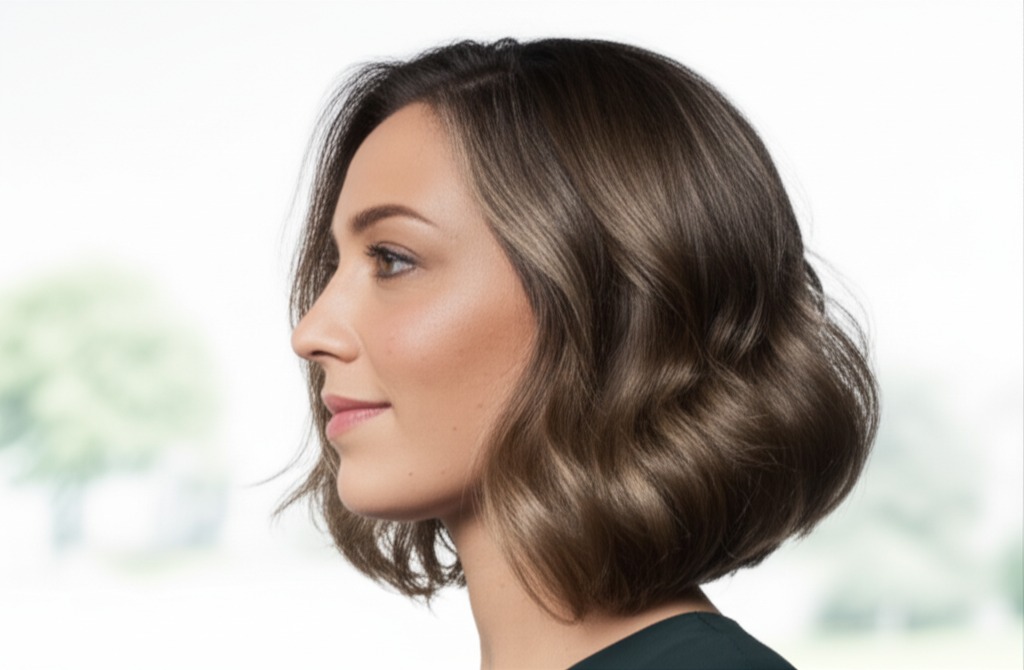#Dive into Delicious Chocolate Brown Hair Color
Chocolate brown is a universally flattering hair color – warm, rich, and endlessly adaptable! It’s more than just “brown”; it's a spectrum of tones that can be customized to perfectly complement your features. This guide will break down everything you need to know about achieving and maintaining gorgeous chocolate brown locks.
#1. Understanding the Shade: Defining Chocolate Brown
Chocolate brown isn't one single color! It encompasses many variations based on undertone and depth. Let’s unpack those terms:
Undertones: Think of this as the hint of color within the brown.
- Warm Undertones: These chocolates have hints of red, orange, or gold. They create a cozy, inviting look. Think milk chocolate or dark chocolate with caramel swirls.
- Neutral Undertones: A balanced blend – not overly warm or cool. These are often described as “true brown” and work well across many skin tones. Dark bittersweet chocolate is a good example.
- Cool Undertones: These chocolates have hints of ash, violet, or blue. They create a sophisticated, sometimes more muted look. Think dark baking chocolate – deep and intense.
Depth (Levels): This refers to how light or dark the color is on a scale of 1-10 (with 1 being the lightest black).
- Level 2-4: These are your darkest chocolates - very rich and intense, often suitable for those wanting a significant change from lighter shades.
- Level 5-7: The most common range for chocolate brown – versatile enough to suit many people. This is where you’ll find that classic “chocolate” hue.
- Level 8-10: Lighter chocolates, often with more noticeable warm or cool undertones. These are great if you want a softer, sun-kissed look while still staying within the chocolate family.
#2. Who Does Chocolate Brown Flatter?
The beauty of chocolate brown is its adaptability! However, understanding your skin tone and eye color helps narrow down which type of chocolate will be most stunning.
Skin Tone & Undertone:
- Warm Skin Tones (yellow/golden undertones): Embrace warm-toned chocolates – they’ll enhance your natural glow! Levels 2-5 with reddish or caramel highlights are fantastic.
- Cool Skin Tones (pink/blue undertones): Opt for cool-toned chocolates – the ashier, more muted tones will complement your complexion beautifully. Levels 4-7 with violet or blue hints work wonders.
- Neutral Skin Tones: Lucky you! You can likely pull off almost any shade of chocolate brown. Experiment to find what you love best!
Eye Color:
- Brown Eyes: Chocolate brown intensifies the richness and warmth of brown eyes, making them appear even more captivating.
- Blue/Green Eyes: A cooler-toned chocolate can create a beautiful contrast with blue or green eyes, making them pop. Adding subtle caramel highlights can soften the look further.
- Hazel Eyes: Warm chocolates enhance the golden flecks within hazel eyes, creating a harmonious and striking effect.
Natural Level Starting Point: The darker your natural hair color, the more dramatic of a change you’ll see with chocolate brown. Those starting with lighter blonde or red tones may need multiple sessions to achieve the desired depth.
#3. Technique Options: From Solid Color to Dimension
How you apply the color significantly impacts the final result!
- Single-Process: A solid, all-over application of chocolate brown. Best for covering grays or achieving a uniform color change.
- Highlights/Lowlights: Adding lighter (highlights) or darker (lowlights) strands to create dimension and movement. This works well with any level of chocolate brown.
- Babylights: Very fine, subtle highlights that mimic the sun-kissed look of children’s hair. Adds a soft, natural radiance.
- Gloss/Toner: A semi-permanent treatment used to adjust the undertone (warmth or coolness) and add shine. Essential for maintaining your chocolate brown's vibrancy!
- Balayage-Effect vs Solid: Balayage involves hand-painted highlights that create a softer, more blended look than traditional foil highlighting. It’s excellent for low-maintenance color with dimension. A solid application gives a uniform, even tone.
#4. Maintenance & Longevity: Keeping Your Chocolate Rich
Maintaining chocolate brown requires some TLC!
- Wash Frequency: Aim to wash your hair 2-3 times per week using sulfate-free shampoo (more on that later).
- Toner Refresh: Cooler chocolates will likely need a toner refresh every 6-8 weeks to combat brassiness. Warmer tones may last longer, but regular glosses keep the color vibrant.
- Root Growth Pacing: Discuss with your stylist how quickly you want to see root regrowth – this influences the application technique and shade choice.
- Budget/Time Planning: A single-process is generally less expensive and quicker than highlighting or balayage. Factor in toner appointments, too! (Expect $50-$200+ depending on salon & services).
#5. Seasonality & Pairing with Cuts: Style for Every Occasion
Chocolate brown’s versatility shines through different cuts and seasons!
Common Cuts:
- Bob/Lob: A sleek chocolate bob or lob looks incredibly chic and modern, especially with subtle balayage.
- Long Layers: Long layers create movement and dimension, perfect for showcasing highlights within the chocolate brown base.
- Pixie Cut: A pixie cut can handle a rich, dark chocolate – it’s bold and sophisticated!
Seasonal Tweaks: Add warmer caramel or copper tones in the summer to mimic sun-kissed hair; deepen the shade with cooler ash undertones for a cozy winter look.
Occasion Picks:
- Work: A solid, medium chocolate brown is professional and polished.
- Daytime: Balayage highlights add casual charm.
- Evening: Deep, rich chocolates enhance your features under low lighting.
- Weddings: Soft, blended balayage or babylights create a romantic look.
#6. At-Home Care: Protecting Your Investment
Proper at-home care is crucial for color longevity!
- Sulfate-Free vs Clarifying Cadence: Sulfate-free shampoos are gentler and help preserve color. Use a clarifying shampoo (which does contain sulfates) only occasionally (every 4-6 weeks) to remove buildup.
- Heat Protection: ALWAYS use heat protectant spray before using any hot styling tools!
- Color-Safe Styling Tips: Avoid harsh chemicals, excessive sun exposure, and chlorine pools – all can fade color. Rinse with cool water after washing.
- Product Checklist: Color-safe shampoo & conditioner, deep conditioning mask (weekly), leave-in conditioner, heat protectant spray.
#7. Common Pitfalls: Avoiding the Oops!
- Brassiness: Cooler chocolates are prone to brassiness – use purple or blue toning shampoos/conditioners as needed.
- Banding: Uneven color application can create noticeable bands of color. Proper technique and foil placement (for highlights) are key.
- Patchiness: This occurs when the color doesn't apply evenly, especially on darker hair. A skilled stylist will perform a strand test beforehand to assess how the color takes.
#8. Pros & Cons: Weighing Your Options
Pros:
- Universally Flattering: Suits most skin tones and eye colors.
- Versatile: Can be customized with various techniques and undertones.
- Relatively Low-Maintenance (depending on technique): Solid color is easier to maintain than highlights.
Cons:
- Fade Risk: Color can fade over time, especially with frequent washing or sun exposure.
- Maintenance Burden: Toners are often required for cooler shades.
- Potential for Brassiness: Requires proactive measures to prevent.
#9. Salon Consultation Script: Setting Expectations
Before your appointment, prepare by discussing these points with your stylist:
- “I’m interested in chocolate brown hair color – I like the warmth/coolness of [show pictures].”
- "What level of chocolate brown would you recommend for my skin tone and natural hair color?"
- “I want to achieve a low-maintenance look. What technique would best suit that?”
- “How often will I need to come in for toner appointments, and what’s the estimated cost?”
- “Can we do a strand test beforehand to ensure the color takes as expected?”
#10. FAQs: Your Burning Questions Answered
- Does chocolate brown make my hair look dull? Not necessarily! Adding highlights or balayage can create dimension and shine. A gloss treatment will also boost vibrancy.
- Can I go from blonde to chocolate brown in one session? It’s possible, but may require multiple sessions to avoid damage, especially if going significantly darker.
- How long does chocolate brown hair color last? Solid color typically lasts 4-6 weeks before root regrowth is noticeable; highlights/balayage can last longer (up to several months).
- Will chocolate brown cover my gray hair completely? A single-process application usually covers grays effectively, but discuss with your stylist if you have significant gray coverage needs.
- Is there a specific shampoo I should use after coloring my hair? Absolutely! Color-safe, sulfate-free shampoos are essential for preserving color vibrancy.
- Can I do chocolate brown at home? While possible, achieving professional results requires skill and experience. A salon visit is recommended for best outcomes.
